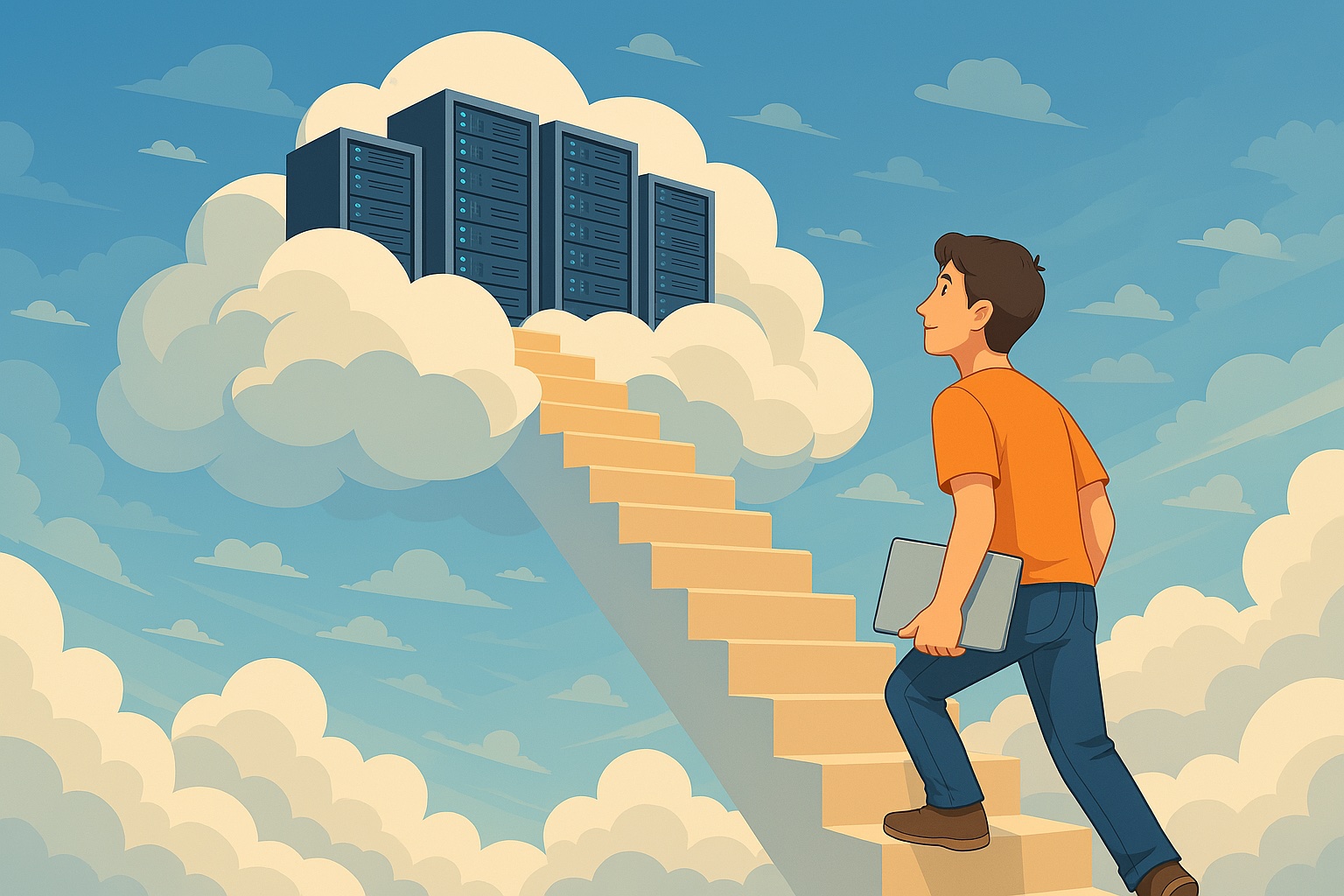Posts - Page 2 of 2
Cloud Storage
Data storage refers to magnetic, optical or mechanical media that records and preserves digital information for ongoing or future operations. It is a fundamental component of computer systems and an essential enabler for executing computer programs. A computer’s CPU can’t actually compute anything or produce any output data without the user’s input. Users can enter the input data directly into a computer. It can work for small amounts of data, but it is not practical for larger volumes, including the actual program instructions.
Virtual Computing
In the past, physical servers functioned much like regular computers. The server was a physical machine on which the operating system was installed and the applications on top of it. These types of servers are often referred to as ‘bare metal servers’, as there’s nothing in between the actual physical (metal) machine and the operating system. Usually, these servers were dedicated to one specific purpose, such as running one designated system.
Brief History of Operating Systems
In my previous post, I talked about computer hardware as the lowest level of computing. Moving upwards through the technology stack, it is hard to imagine a modern computer or a computing device without an Operating System (OS) that manages its hardware and software. But it wasn’t always like that…
The Bare Metal Machine
As we start our journey to the Cloud, it would make sense to start with the lowest layer of computing, which is the computer hardware. Any software is useless without hardware. The cloud infrastructure is based on an enormous amount of physical computers, also known as servers or simply machines. Although you don’t own them and you can’t see them, they are somewhere out there on the ground (or maybe below the ground or even underwater), consuming a lot of energy and running your software. This is true even if you use so-called “serverless” services.
Welcome to Stairway to the Cloud
Hello and welcome to my new website, titled: “Stairway to the Cloud”.
